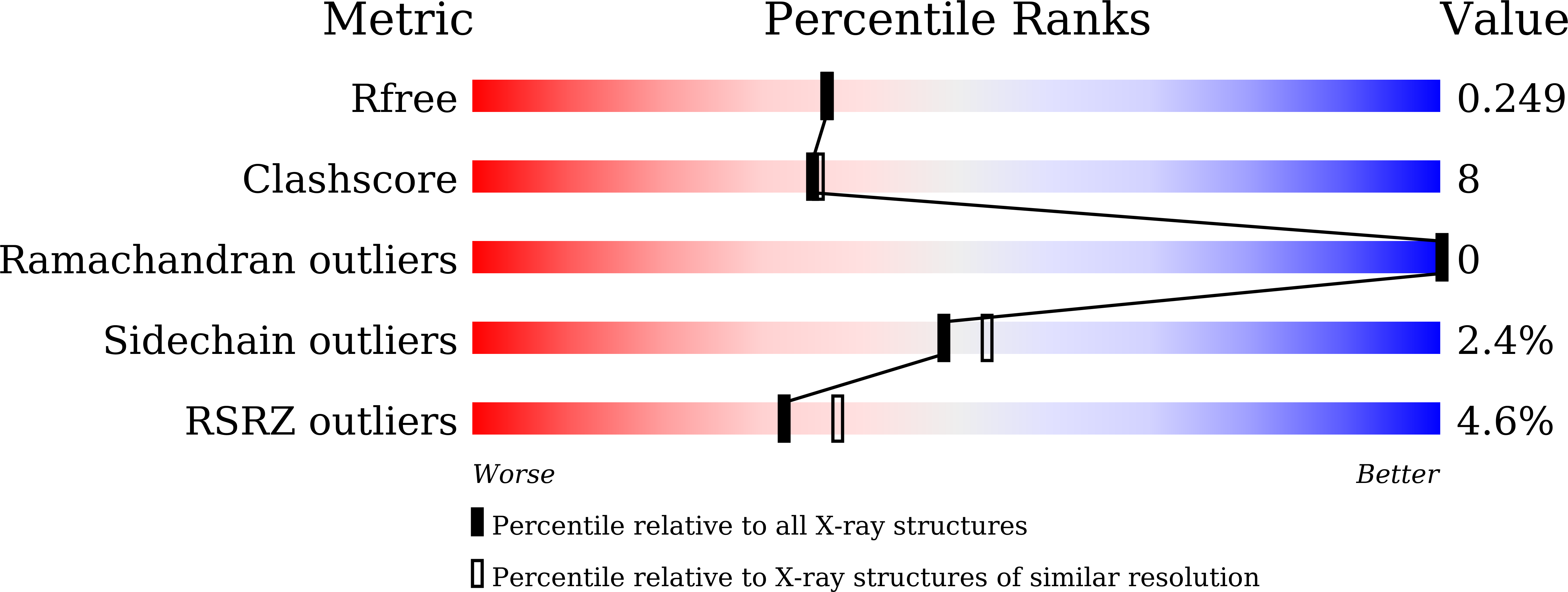
Deposition Date
2022-06-06
Release Date
2023-02-08
Last Version Date
2024-10-16
Entry Detail
PDB ID:
7Y0Y
Keywords:
Title:
Crystal structure of Pseudomonas aeruginosa PvrA (SeMet)
Biological Source:
Source Organism:
Pseudomonas aeruginosa PA14 (Taxon ID: 652611)
Host Organism:
Method Details:
Experimental Method:
Resolution:
2.09 Å
R-Value Free:
0.25
R-Value Work:
0.20
R-Value Observed:
0.20
Space Group:
C 2 2 21


